Learn everything you could possibly need to know about how a pellet grill works and why they are one of the BEST options available today for grilling and smoking great food at home!
Whether you've got a Traeger, a Camp Chef, a Pit Boss, or any other brand or pellet grill, we've got you covered with this ULTIMATE GUIDE.
Let's Go!
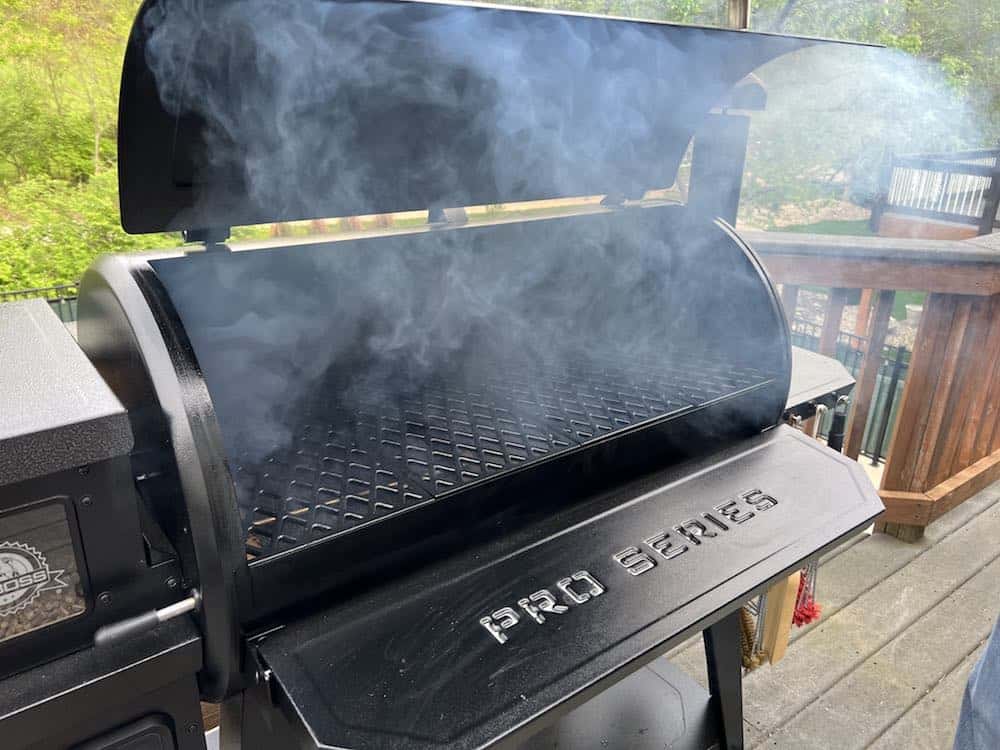
Did you recently purchase or are thinking about buying a pellet grill but aren't exactly sure how they work?
Well don't worry, you are not alone!
With the meteoric rise of brands like Traeger, Camp Chef, and Pit Boss, among others, pellet grills are becoming more and more popular among both novice and expert backyard chefs all over the world.
This increasingly popular style of grill uses wood pellets made from a variety of wood types to create both the heat and smoke needed to combine your love of grilling and smoking in one easy to use appliance.
You simply set your desired temperature like you would an oven or electric smoker, and the pellet grill does everything else, saving you lots of time and the hassle that used to accompany smoking food at home.
We are going to cover how all this works in detail below.
Jump to:
Parts of a Pellet Grill
In order to really understand how a pellet grill works, you need to have a basic understanding of each of the different parts that you'll find on most pellet grills, like a Pit Boss or Traeger.
Hopper
The pellet hopper is the box that stores the pellets before feeding them to the firepot.
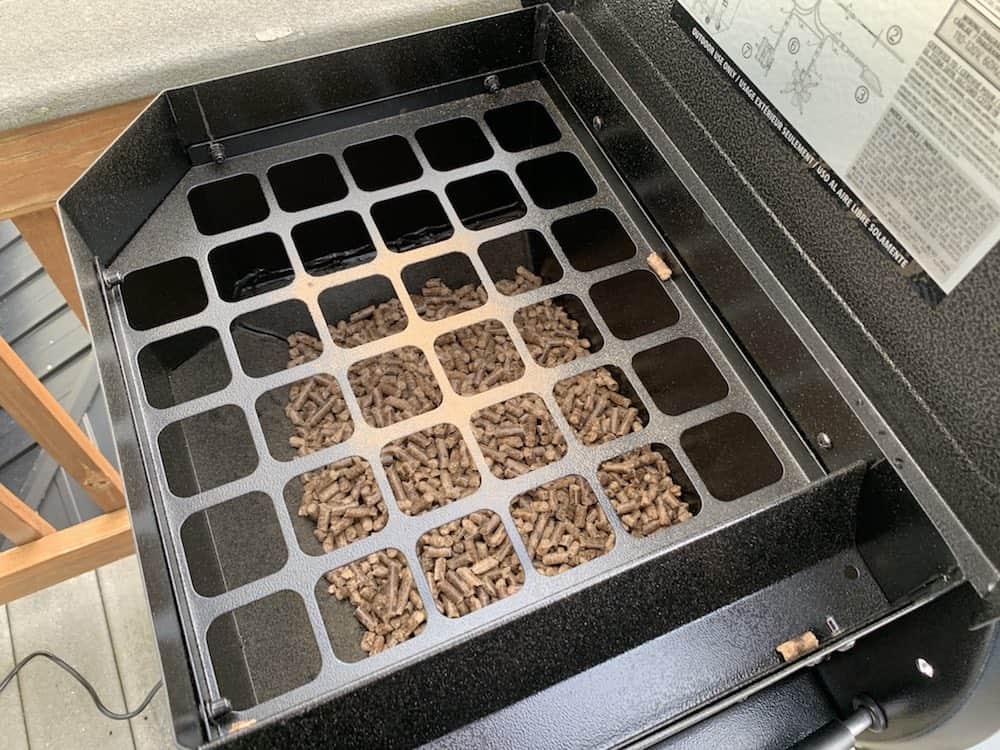
It can be either a large or small box, usually located on the left side of pellet grill above the temperature controls.
You don't feed your typical wood chips into the hopper like you might use in an electric or propane smoker, or a smoker box on a gas grill.
Nope, you need to use specially made wood pellets that are designed specifically to be used in pellet grills.
These pellets are made from compressed sawdust and very, very dense, meaning they generally burn for a long time compared to a wood chip.
So while the bag of wood pellets might look a little more expensive than a similar sized bag of wood chips, just know that the pellets will LAST a much longer time when comparing them side by side.
A good pellet bucket will help extend the life of the pellets even longer than storing them in the hopper or bag.
- Store up to 20 pounds of hardwood pellets in the heavy-duty plastic pellet bucket.
- Weatherproof, airtight lid protects pellets from the elements, keeping them fresh and dry
- Wire-mesh filter separates wood dust from the pellets for a clean burn
- Heavy-duty plastic scoop to easily transfer pell
Auger
At the bottom of the hopper, the pellets are pulled towards the heat source, or firepot, by an auger.
This is an automatic process that happens inside the grill at a rate based upon the temperature you have set on the controller.
First, you will plug the pellet grill in, turn it on, and run it through its start up process.
More on that below.
But just know that the auger is what automatically delivers the pellets to the firepot where they are eventually ignited, creating both heat and smoke.
Firepot
The pellets make their way down the auger towards the firepot.
This is where all the magic happens.
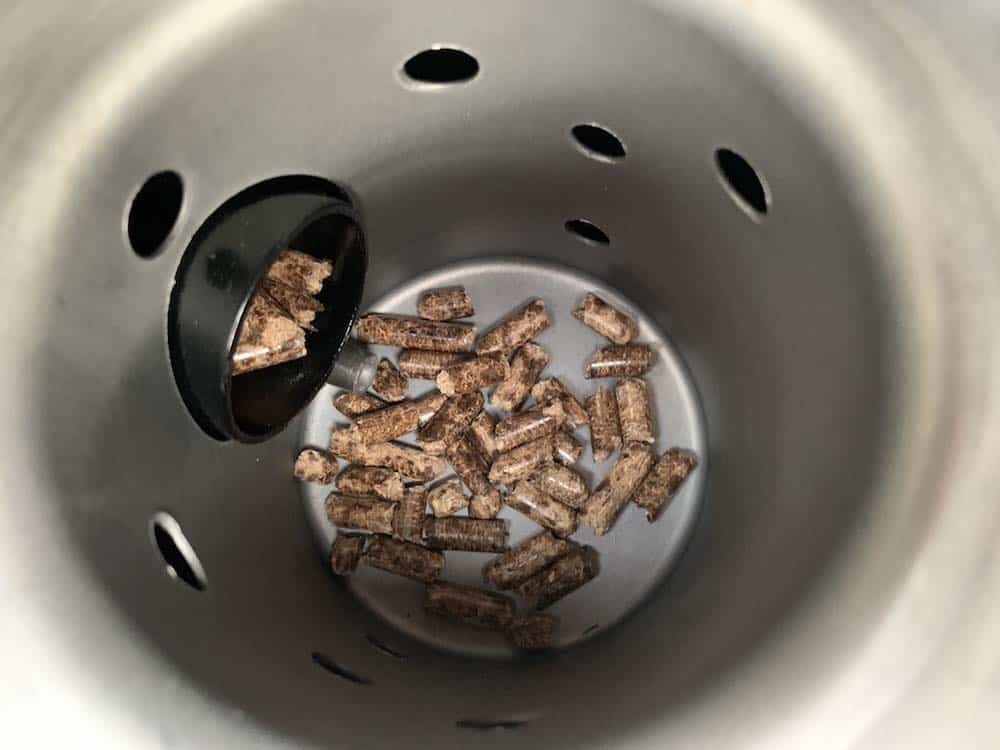
Inside the firepot is a heating rod that gets SUPER hot once your pellet grill has gone through the startup process.
When the pellets fall into the firepot and come into contact with the heating rod, they smolder and smoke and create heat.
The higher the temperature you set, the hotter the rod will get and also the faster the pellets will burn and be delivered to the firepot.
Also, the higher the temperature, the LESS smoke is generally created, and the lower the temperature, the longer the pellets burn and the MORE smoke is created.
It all works in tandem to create a great grilling OR smoking environment, regardless of whether you are cooking hot and fast, or low and slow.
On a quality pellet grill, a circulation fan will also be located near the firepot to help provide oxygen and regulate the temperature and burn rate of the pellets as well.
So look for this feature on any pellet grills you are thinking about purchasing.
Think you need to spend a lot of money to purchase a quality pellet grill?
Think again!
Check out this Curated List of our FAVORITE Pellet Grills available for UNDER $500.
Controller
The digital controller can be found on the side or the front of a good automatic pellet grill, usually right under the hopper.
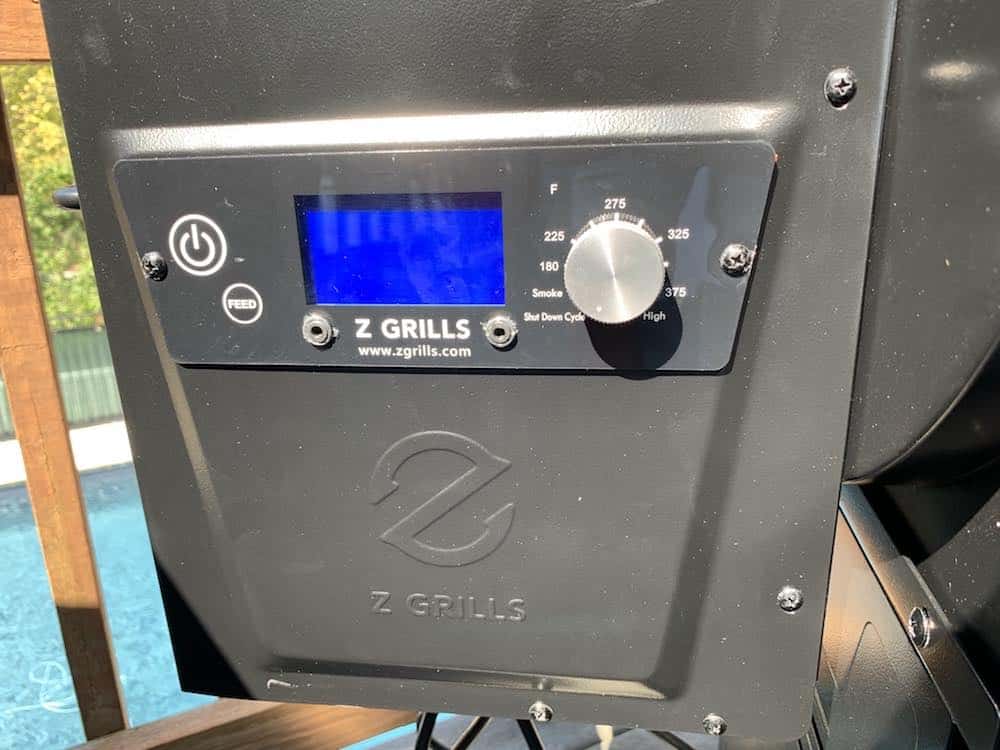
The controller, well, controls the cooking temperature of the pellet hopper.
By controlling the rate of the pellets being fed to the firepot via the auger, the temperature of the heating rod, and sometimes the airflow with an automatic internal fan, pellet grills are incredibly stable at maintaining a constant temperature.
Other Parts of a Pellet Grill
Inside the pellet grill may be a cast iron or stainless steel grate – perhaps more than one, to help with heat diffusion.
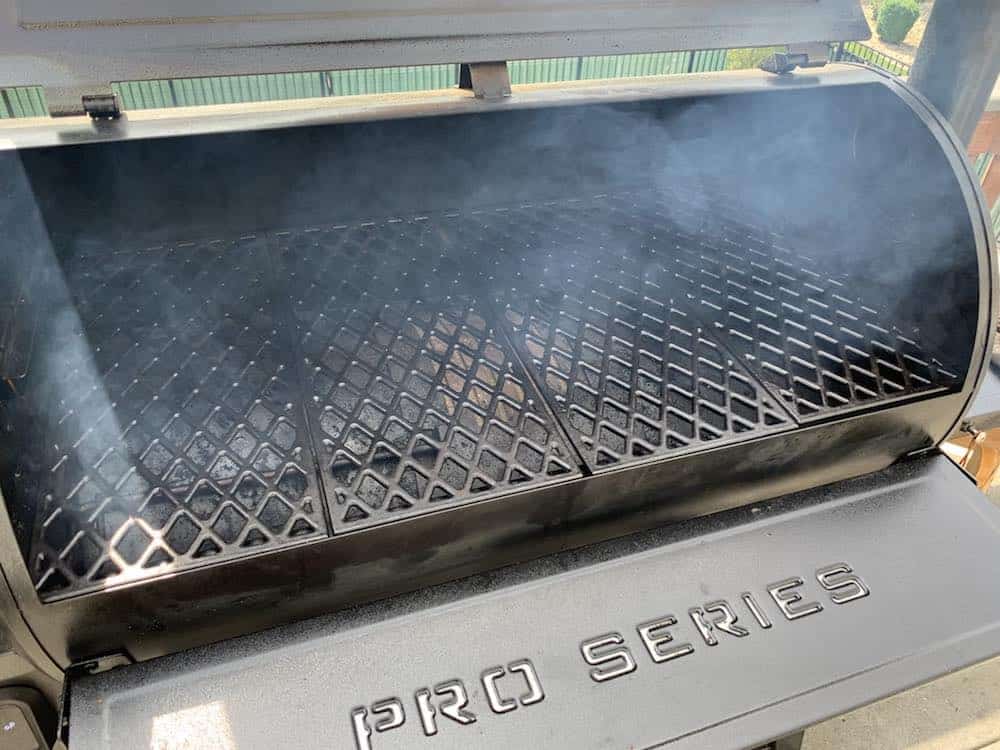
Cast iron is the preferred material compared to steel in pellet grills because steel is lighter and less durable; it does not last as long as cast iron.
The heat shield and grease tray can be found further towards the bottom of the grill, underneath the grate.
Some pellet grills have the option to tilt or vent the heat shield if you want to get more DIRECT heat to your food directly from the firepot.
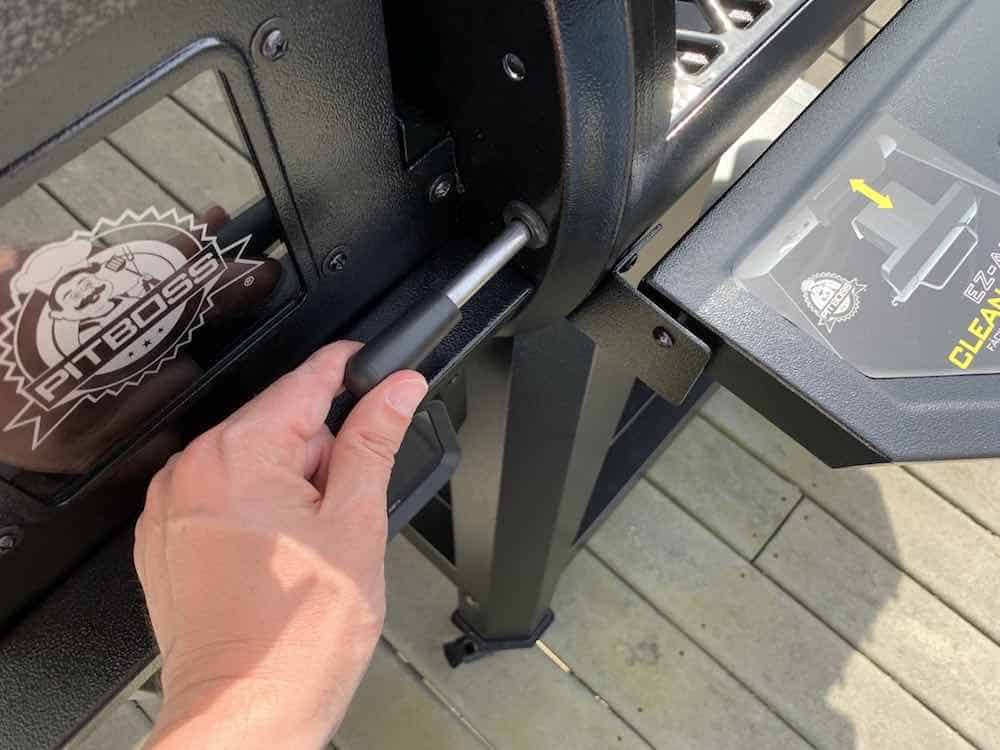
Particular models of Pit Boss and Camp Chef grills have a lever you rotate or knob you pull to move the heat shield out of the way and apply direct heat from the firepot to your food above.
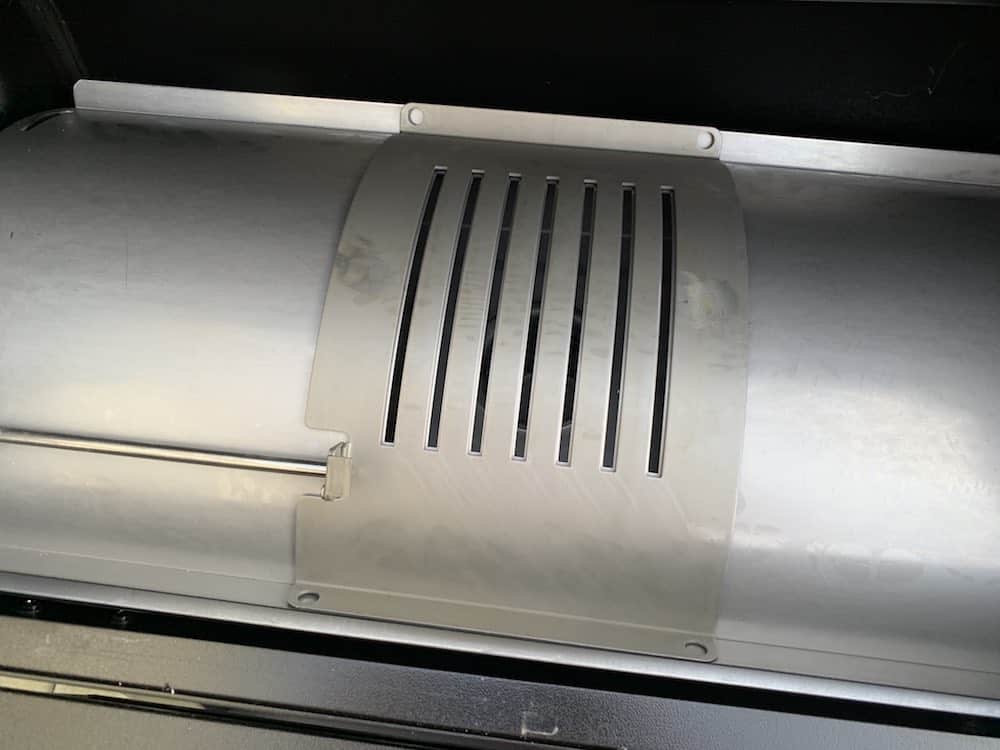
So look for this option on any pellet grills you are looking to purchase if you want direct heat options like a conventional gas grill.
Pellet grills usually come equipped with a grease bucket to catch any grease running down the drip tray while you are cooking. These bucket liners are nice for make clean up quick and easy.
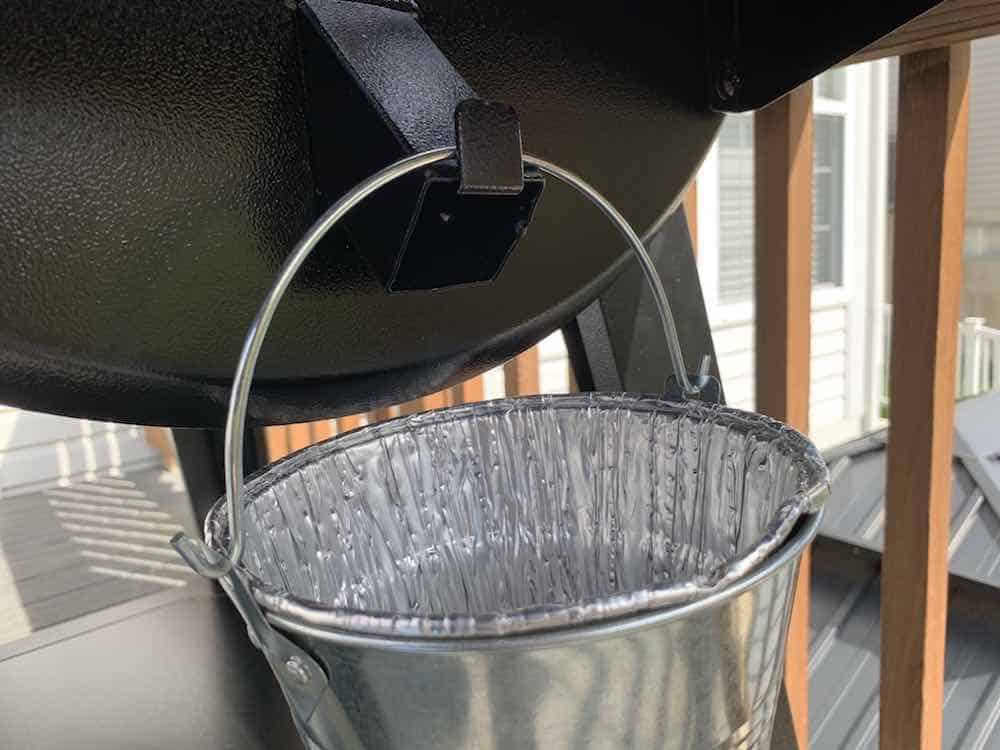
- Foil liners keep your grease bucket clean
- Remove and replace as needed
- 6 pack of liners
- Embossed with Pit Boss logo
- Steel bucket not inclu
How to Use a Pellet Grill
Loading the Hopper
The first step in pellet grilling is to fill the pellet hopper with your chosen brand and type of pellets.
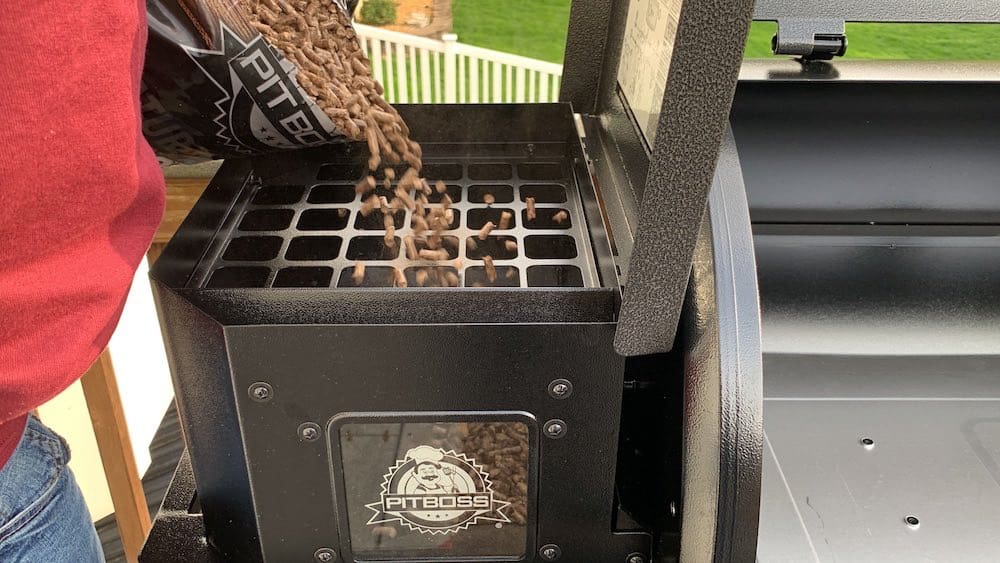
One word of advice: Don't STORE your pellets in the hopper.
You can read in detail about why your pellets won't last as long if you store them in the hopper, but just know that exposure to humidity and temperature fluctuations is bad for the longevity of your pellets.
And it can get pretty expensive pretty fast if you ruin 10 lbs of pellets sitting in your hopper by leaving them in there on a hot and humid day.
We keep each type of pellet indoors in an airtight pellet bucket.
Typically, any type of wood pellets will do; however, part of the fun of BBQ is choosing your favorite wood type, so put some thought into it based on the type of food you are cooking.
Every recipe on our site comes with our personal recommendation of the best type of wood to use when cooking that food.
But in general, we are big fans of Bear Mountain BBQ Hardwood Pellets.
They burn VERY clean, work in any brand pellet grill, and are typically much less expensive than the brand name pellets you'll find put out by the grill manufacturers.
They also have LOTS of flavors to choose from. For everyday cooking we like their Gourmet Blend.
- Bear Mountain BBQ Gourmet Blend | Balanced sweet, smoky flavor | Perfect go-to mixture for any meat, fish, poultry or vegetable
- Made from 100% All-Natural premium hardwood - no binders, fillers or additives
- Use with all outdoor pellet, gas, charcoal or electric grills and smokers
Start the Pellet Grill and Set the Temperature
Once the pellet grill hopper is filled, you are going plug in the pellet grill, turn it on, and run it through its start up process. This is also sometimes known as "priming the pellet grill".
This generally takes about 10-15 minutes while the firepot heats up and the auger fills with pellets.

Every grill starts up a little different which is why we put together these handy startup guides for some of the most popular brands we have used.
How to Start a Traeger Pellet Grill: Step-by-Step
How to Start a Camp Chef Pellet Grill: Step-by-Step
How to Start a Pit Boss Pellet Grill: Step-by-Step
How to Start a Z Grills Pellet Grill: Step-by-Step
While each pellet grill has its own nuances, just understand that basically, you are filling the auger with pellets, letting the firepot heat up, and also waiting for the "good" smoke before you put your food on.
You see when a pellet grill is still starting up and the heating rod isn't quite hot enough yet, the pellets burn at a lower temperature, creating thick white "start-up" smoke.
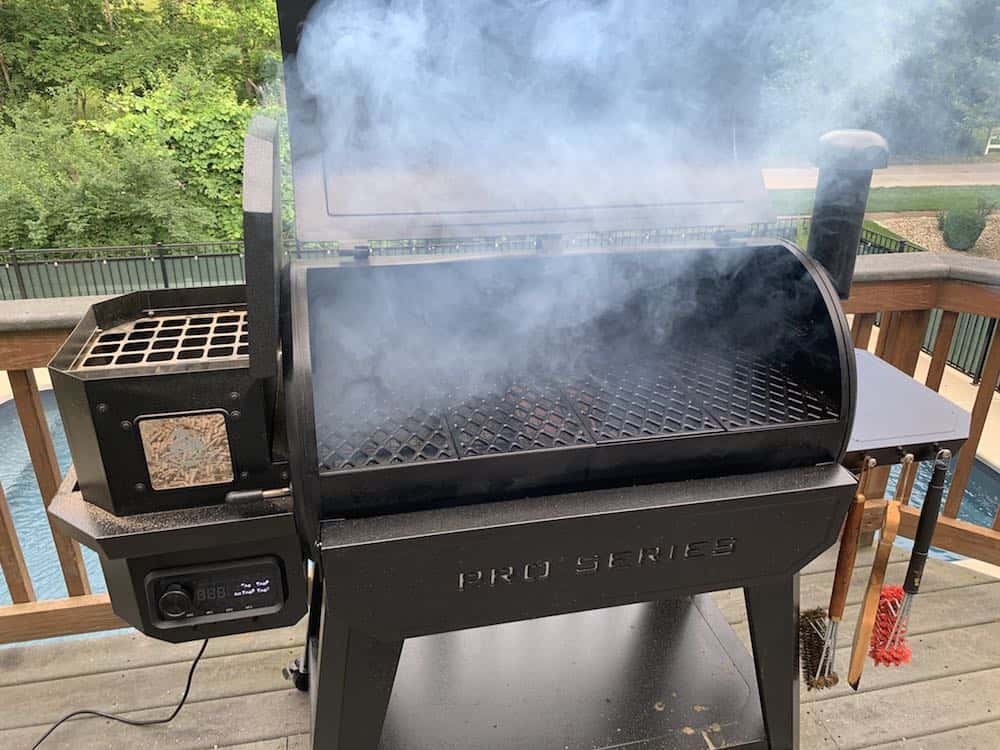
This isn't the smoke you generally want to cook your food with because it can leave an unpleasant "ashy" taste.
Once the pellets are burning hotter, and therefore cleaner, the smoke will turn a thinner bluer color.
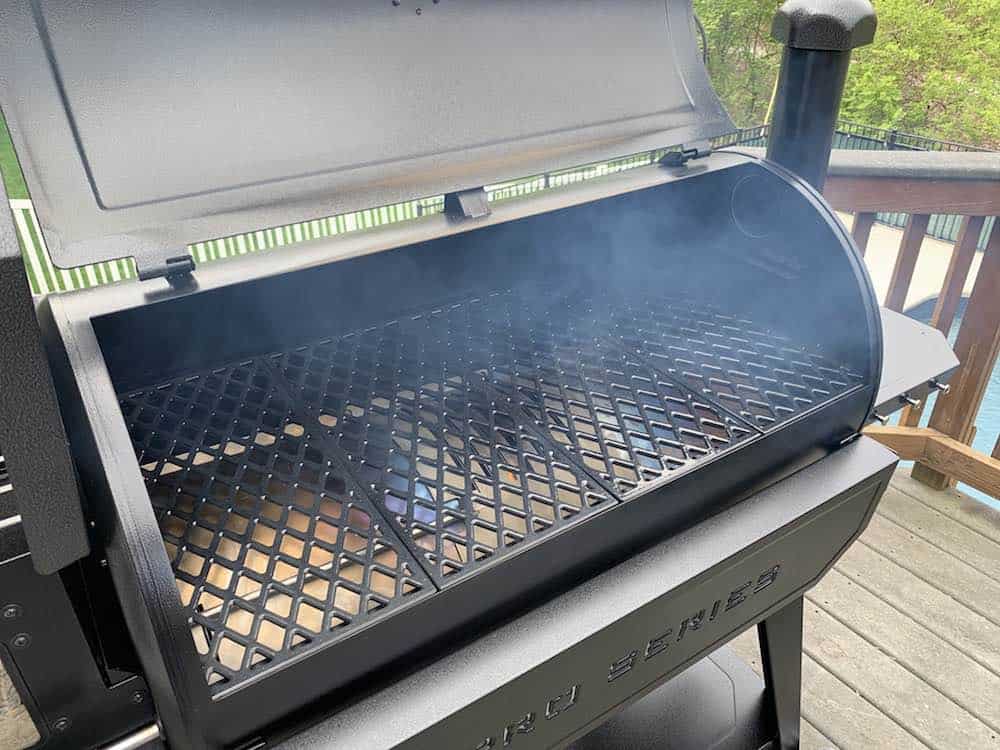
Many people mistake this to mean their pellet grill isn't working or isnt making enough smoke because it isn't producing as much as they saw coming out before.
Just know that this is a natural process and the thin blue smoke is the ideal smoke you actually want to cook with.
You will still get plenty of smoky flavor, trust us.
Now, because of the laws of thermodynamics, which we will NOT attempt to get into here, know also that the lower the temperature you set, the MORE smoke you will be able to see.
And the higher the temperature you set, the faster the pellets will burn and the LESS smoke you will see due to the nature of how hot the pellets are burning.
This is why on many pellet grills, the lowest temperature setting is actually titled SMOKE.
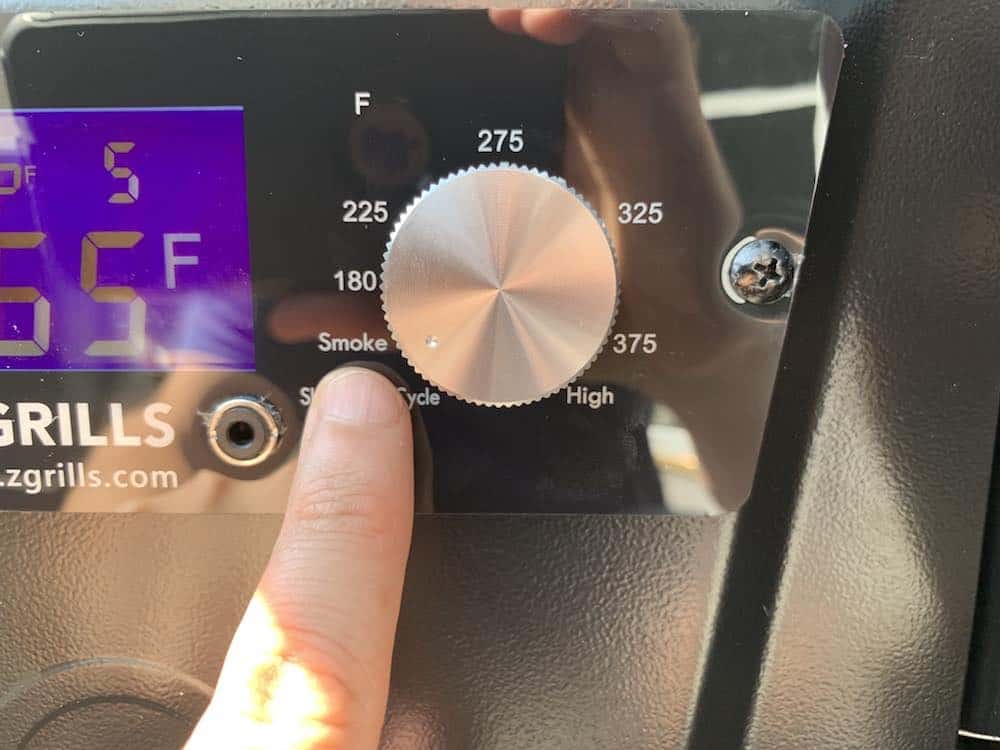
You'll still get smoky flavor at higher temperatures, you just won't SEE as much smoke
The nice thing about a pellet grill is you can turn up the heat and get the same wood fired flavors of a smoker on those smaller steaks and chops just like you would on a brisket or a whole chicken.
Automatic Control
Once your pellet grill has come up to your desired temperature, there isn't much left you need to do other than put the food on!
The digital controls will automatically regulate the rate of pellet burn and the use of the induction fan to give you a nice "set it and forget it" cooking temperature.
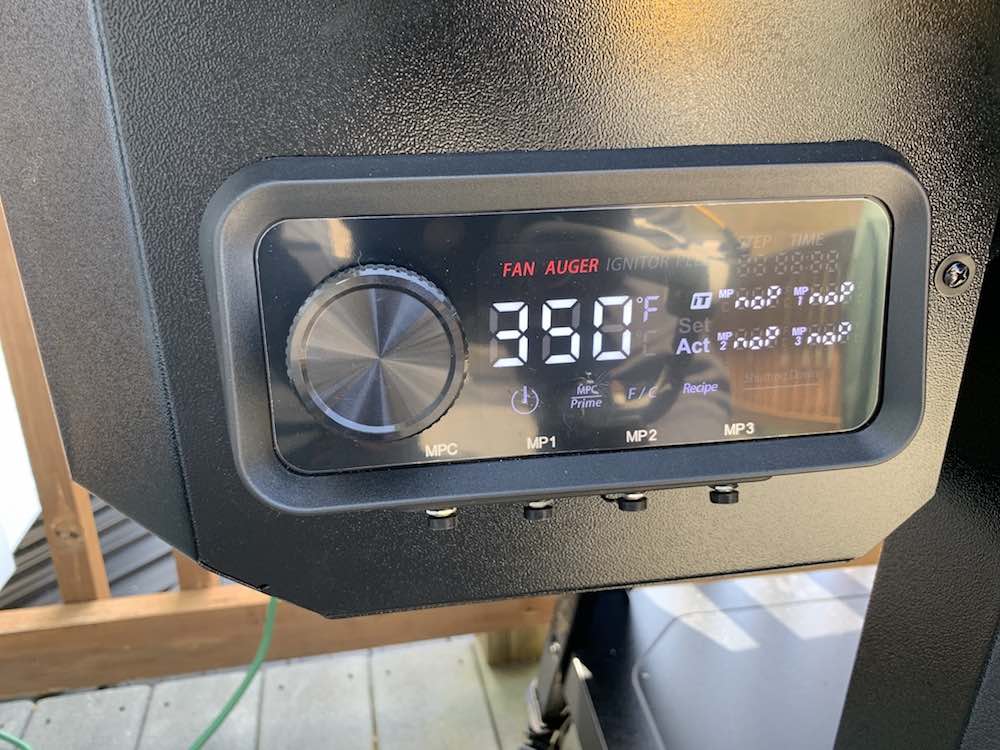
The digital controller will control the auger, which will then move the pellets, rotating the pellets slowly from the hopper down to the firepot.
The pellets will then burn to create both the heat and smoke needed for the cooking process.
The internal fan will keep the wood smoke moving around in the pellet grill, giving you complete smoke coverage of your meat.
You get the automatic temperature control benefits of an electric smoker, with the natural combustion of real wood and the versatility to also use it for high heat, whether you want to cook at high heat, or just reverse sear something like a rack of lamb or a prime rib roast at the end of the cook.
Ready to take the plunge into Pellet Grilling?
Check out our list of the BEST Pellet Grills available for less than $500.
How do I Cook with High Direct Heat on a Pellet Grill?
Pellet Grills work great for smoking large cuts of meat like brisket, pork butt, and ribs, and maintaining a near perfect consistent air temperature, much like the best competition smokers promise to do.
The downside is their ability to sear at high heat like you would over direct coals or a propane gas burner.
In order to get the best of both worlds, we recommend coupling some Grill Grates with your pellet grill.
Grill Grates are specialty...well...grates that sit right over the existing grates on your pellet grill that help capture and direct all that ambient heat and give you a nice searing station in the corner of your pellet grill.
They claim to get temperatures up to 200°F HIGHER than the temperature you set your pellet grill, meaning even if your nice Trager only goes up to 400°F on the control panel, you can still sear some steaks, hamburgers, pork chops, or chicken at 600°F at the beginning or end of the cook to give them a nice sear.
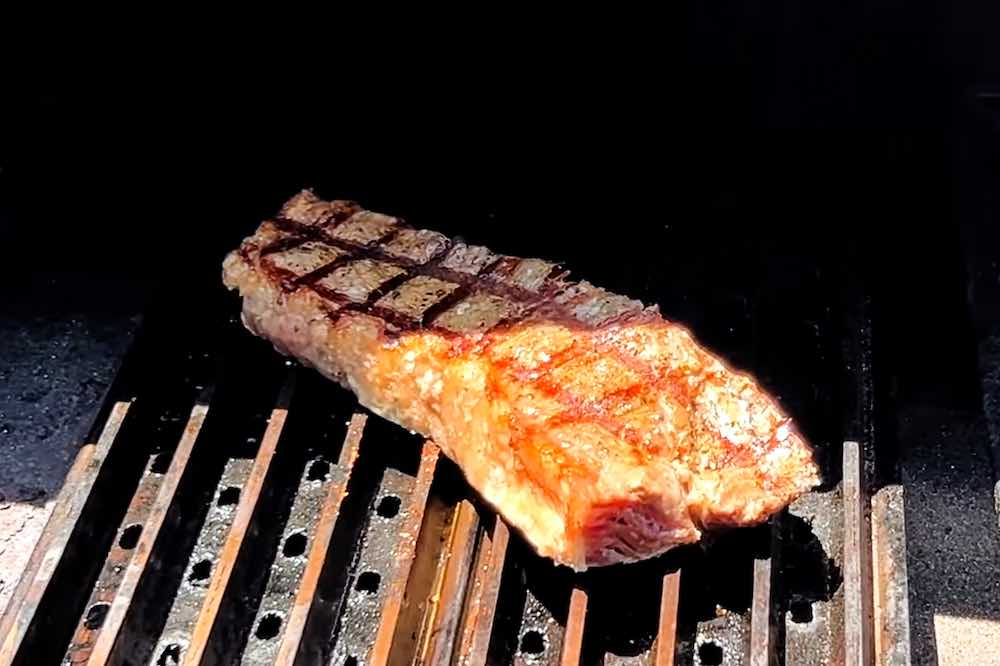
We were able to get our Grill Grates to over 750°F when our Pit Boss 1150 Pro was set to the highest setting of 500°F!
Make sure to measure the size of your current grilling area.
While you absolutely CAN cover your entire pellet grill with Grill Grates, like if you were doing a batch of burgers for a big party, in our case we only want to cover PART of the pellet grill, maybe ⅓ to ½ of the cooking area for our pellet grill steaks.
That way you can move food back and forth as your are smoking or searing the steaks or burgers, etc.
- ELIMINATES FLARE-UPS
- NEVER RUSTS
- EVEN H
If you don't want to invest in a set of Grill Grates, we recommend using a quality cast iron pan or a cast iron griddle over the direct heat option of the pellet grill. We were able to get the cast iron pan up to about 675°F using this method.
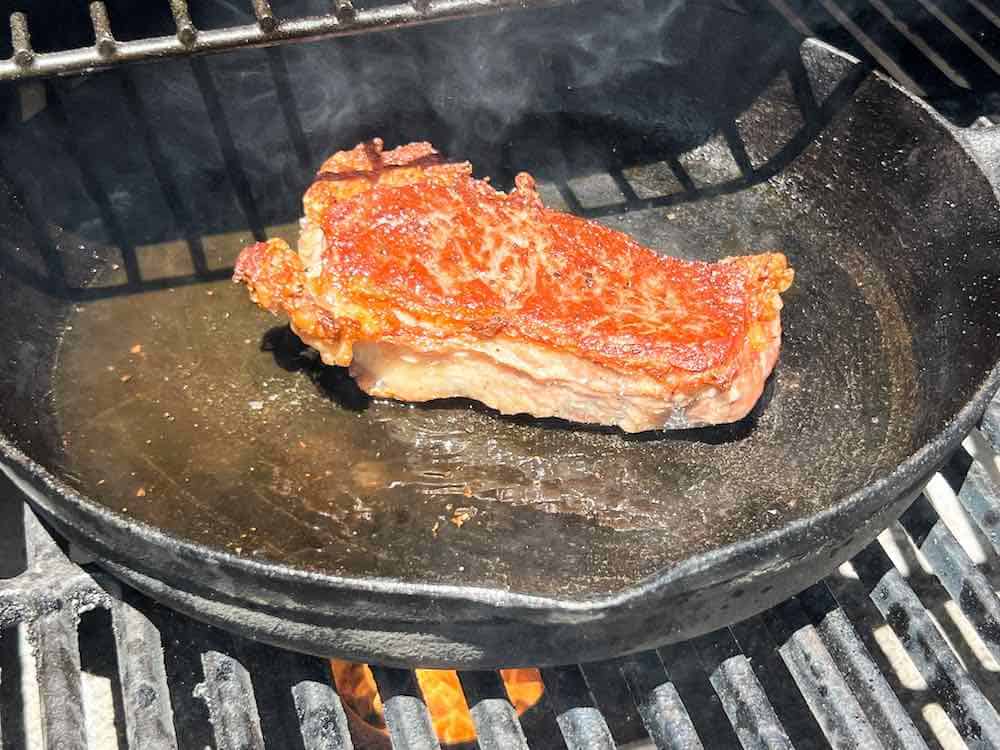
Note: if your grill does NOT have a direct heat option, you may be able to remove a few grill components to expose the firepot, replace your grates, then place the cast iron pan on top of the grates directly over the fire pot.
- One Lodge Pre-Seasoned 12 Inch Cast Iron Skillet with Handle Holder
- Pre-seasoned with 100% natural vegetable oil
- Use to sear, sauté, bake, broil, braise, fry, or grill
- Use in the oven, on the stove, on the grill, or over a campfire
- Silicone handle holder is dishwasher safe and protects hands from heat up to 500
How to Shut Down and Clean a Pellet Grill
After you have finished cooking your food, you don't just turn off and unplug pellet grill .
On a Traeger pellet grill, for example you will turn the grill to the "Shut Down Cycle" setting.
Most brands have a shut down setting similar to this although they may label it differently.
This setting will stop the auger from turning, and quickly turn up the temperature of your fire rod and the speed of your fan.
The reason for this is to rapidly burn off any pellets remaining in the firepot so that they don't just sit and smolder for hours like hot coals.
Unfortunately, you can't smother and re-light pellets that have already ignited once like you can with charcoal.
So any pellets that have already made it into the fire pot need to be burned up.
The "Shut Down Cycle" feature makes quick work of this and leaves you with a nice clean firepot for your next cook.
Do not power down or unplug the pellet grill during this time or this process cannot happen.
Don't worry, if your pellet grill has a fan, it will turn off automatically after about 5-10 minutes when it is done, and then you can turn off and unplug the grill.
Once the remaining pellets have burned off, the fan has stopped, and the grill is cool again, empty the remaining pellets left in the auger and the hopper and put them in a nice, dry resealable bucket you keep inside. We use these pellet buckets and have a dedicated bucket for each type of pellet.
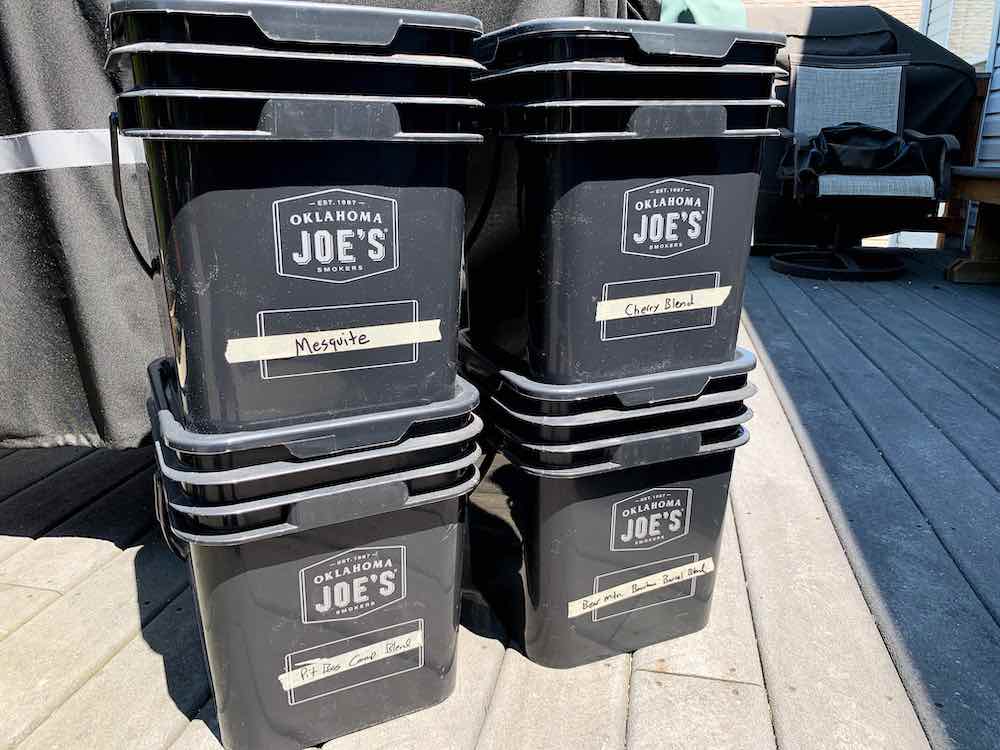
Like we said above, you DON'T want to leave your pellets in the hopper or auger outside, unless you live in a VERY dry climate and use your pellet grill at least every few days.
Yes, we know how tempting it is to just throw the cover back on and leave the unused pellets in the grill.
However, you will quickly find out how those pellets can absorb moisture and expand, rot, and even mold if left in there too long.
And pellets can get expensive pretty fast when you are throwing large batches away that have been ruined when left in the hopper.
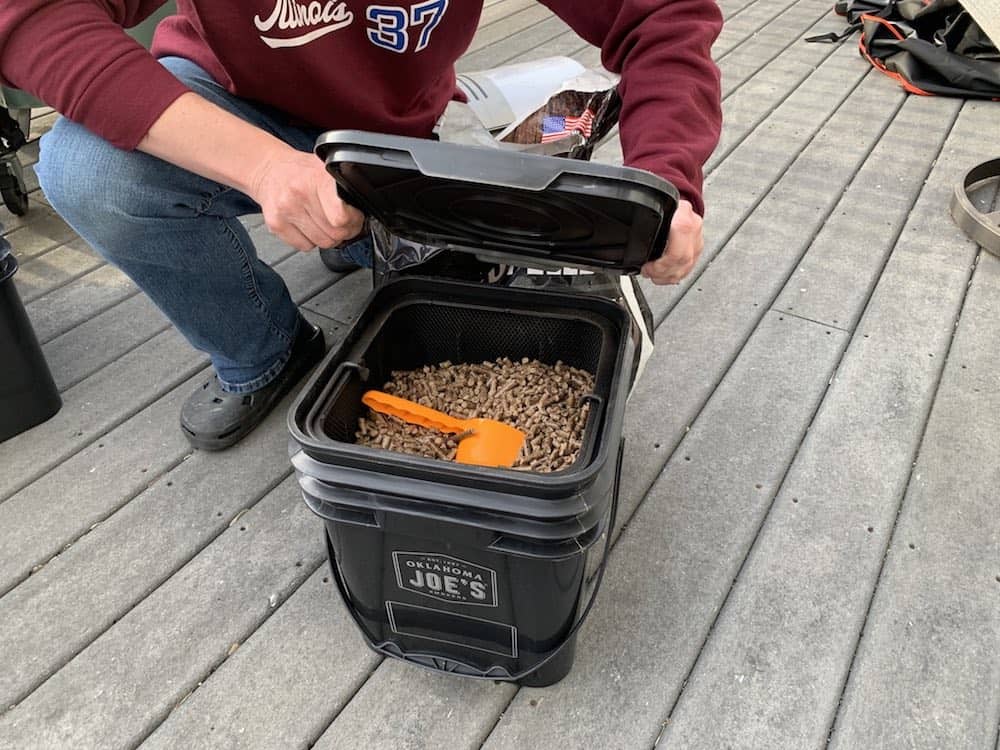
So take the extra few minutes to transfer them out of the grill once the grill has cooled down. You'll thank yourself later!
Lastly, empty your grease bucket or bucket liner if any grease accumulated in it during the cook, and then put the grill cover back once everything is cool.
How Does a Pellet Grill Compare to Propane and Charcoal Grills?
Pellet Grills vs. Propane Gas Grills
Most people are familiar with how a propane gas grill works. Open the tank, light the burner, and set your burner intensity.
This is great for direct grilling, however if you are hoping to do lots of low and slow cooking of large cuts of meat like brisket and pork shoulder, you may want to consider a pellet grill.
While there ARE plenty of ways to smoke on a gas grill, whether it's with a smoker box or with a pellet tube smoker, you'll still never get the automatic smoke production and consistent and even cooking temperatures of a pellet grill.
However, one small downside to keep in mind is that even the best pellet grills, like Traegers, that come with direct heat options will have a tough time reaching the sky high temperatures a high powered propane grill or infrared grill is capable of.
But if versatility and space saving is important to you, consider a pellet grill to cover all your smoking and basic grilling needs.
Pellet Grills vs. Charcoal Grills
Charcoal is the OG of the smoking and grilling world, and you'll never hear us knock it around here at Mad Backyard.
If you've got the time and the inclination, nothing quite beats the ritual of lighting up a charcoal chimney and getting ready for a great cookout.
However...if you are looking for a great automatic solution you don't need to babysit, or something quick and easy to fire up on a weeknight, then a pellet grill may be the answer.
All of a sudden smoking pork, poultry, brats, seafood, and even steaks, just got a whole lot simpler when you're short on time and energy, or worse yet, out of charcoal!
Pros of Using a Pellet Grill
Pellet grills provide incredible versatility in their function – with the ability to smoke, roast, BBQ, braise, and even bake – all with one appliance, the pellet grill really can do it all.
Unlike a vertical charcoal or offset smoker, pellet grills do not take relatively long to heat up. (10 to 15 minutes).
Internal thermostats and digital controls allow you to control and adjust the desired temperature of your pellet grill in increments of 5-25°F at a time, depending on the brand, much like an electric smoker.
Working like a convection oven, pellet grills offer even cooking every time.
Using a pellet grill actually makes it rather difficult to over-smoke your meat unless you over cook it.
You can choose from an endless variety of pellets to put in your pellet cooker; apple, hickory, maple, bourbon – and those are just a few of the many delicious flavors available.
A 20-pound bag of pellets typically lasts for several smoke sessions but will depend on the frequency of use, weather conditions, and temperature settings, determining how quickly or slowly the pellets will burn.
Cons of Using a Pellet Grill
Because pellet grills rely on electricity, their portability factor is low, short of having a generator or outdoor power supply on hand.
Despite being called grills, pellet grills do not excel at direct high heat grilling because the cooking process typically relies on indirect heat moved around by an internal fan.
Some brands and models of pellet grills have a direct heat options, such as the Pit Boss 1150 Pro.
Don't forget coupling a pair of Grill Grates or a cast iron pan or cast iron griddle will quickly solve this problem and give you the best of all worlds though.
Quality pellet grills can run anywhere from $300-$2,000, making some of them more expensive than your average entry level smoker.
As pellet grills have many parts and components to it, they are at risk of breaking down, mainly because there are just more pieces that can break.
Make sure to ask about their warranty policies.
The pellets themselves will disintegrate if they are exposed to moisture. Make sure to get a good cover for your grill.
If you live in a humid climate or use an outdoor grilling station, make sure to store your pellets in a cool, dry place.
Keeping your pellets inside and in an airtight container or pellet bucket will aid in the longevity of your stored pellets.
Other Helpful Pellet Grill Resources
How to Start a New Z Grills Pellet Grill
Step-by-Step How to Start a Traeger Pellet Grill
How to Start a Pit Boss Pellet Grill
How to Season a Pit Boss Pellet Grill
How to Empty the Pit Boss Hopper and Auger
How to Remove the Pit Boss Safety Grid
Pellet Grill Not Making Enough Smoke? 5 Proven Solutions
How to Fix Temperature Problems on a Pit Boss


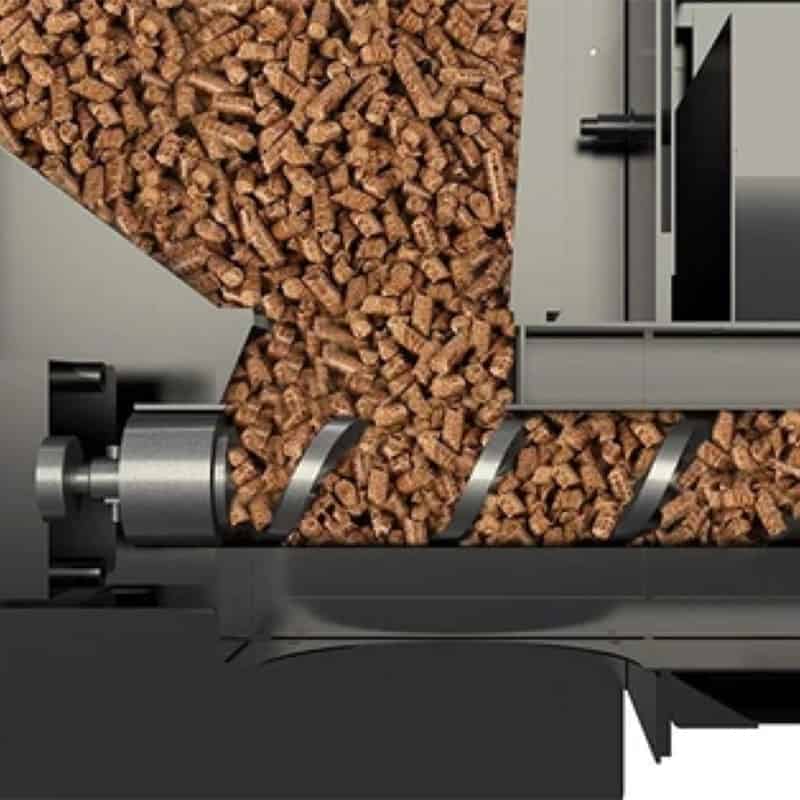
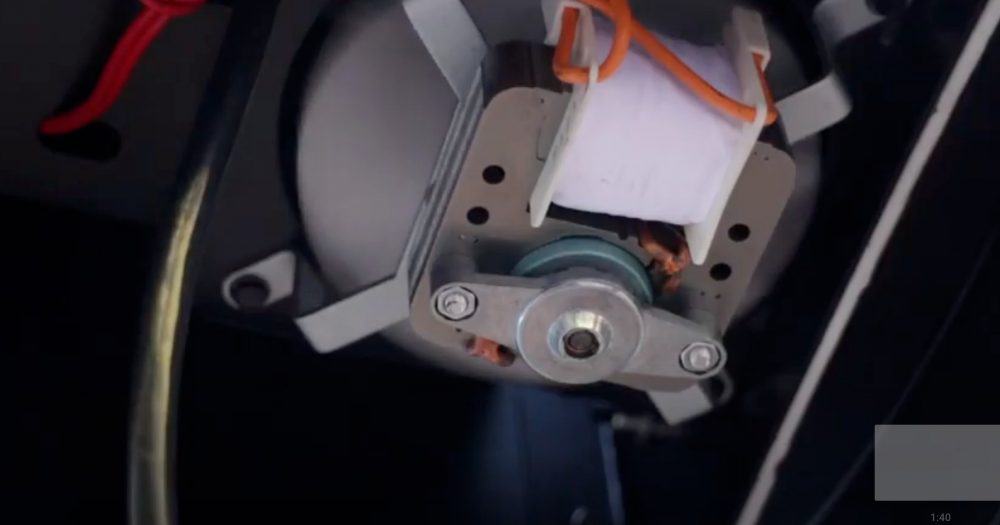

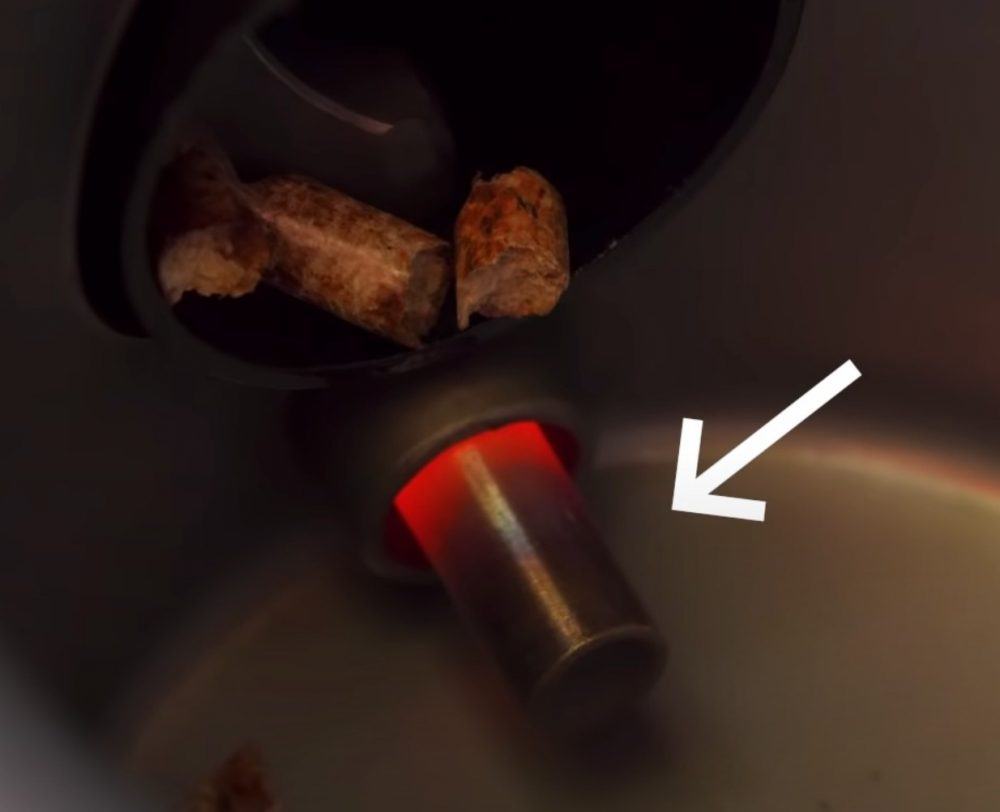




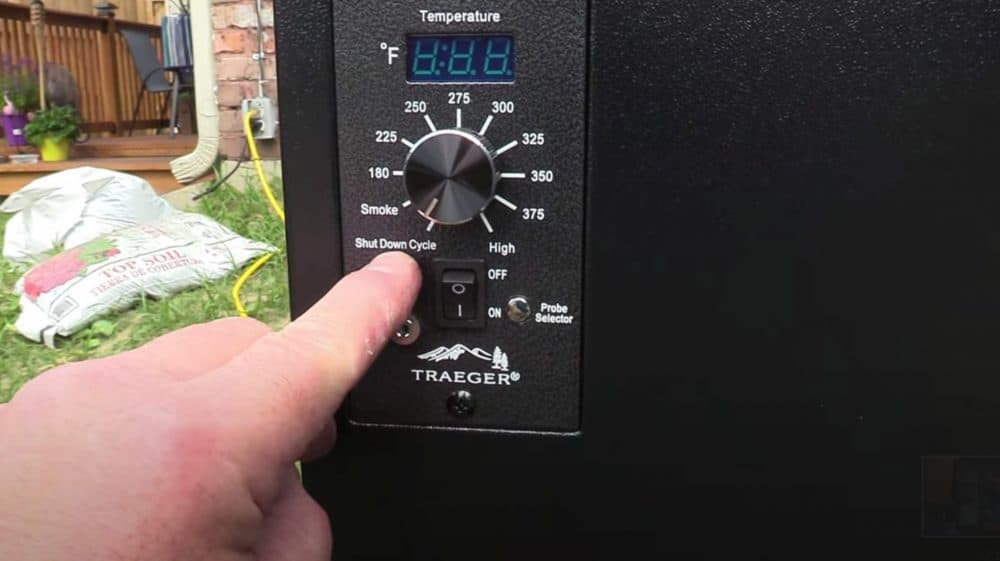
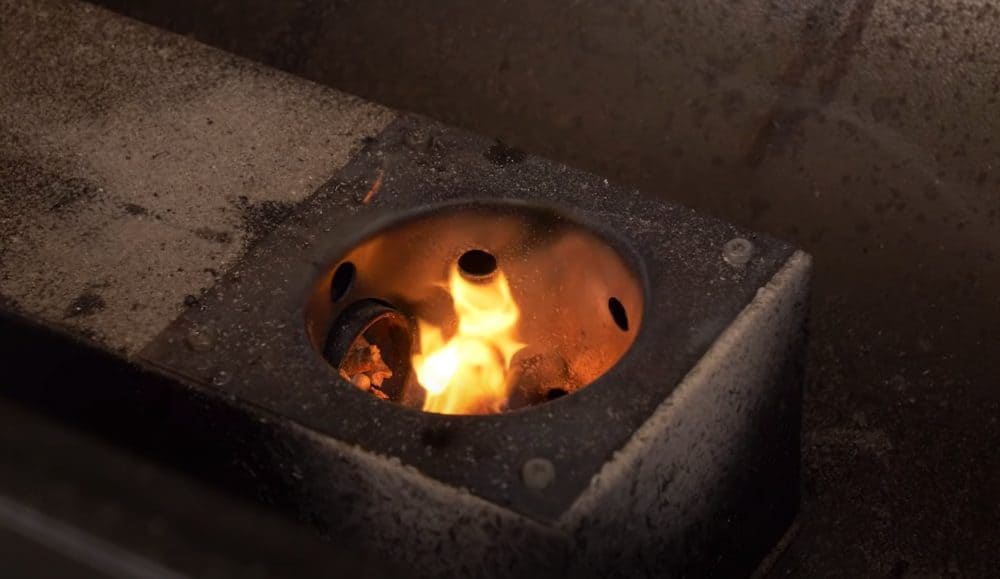
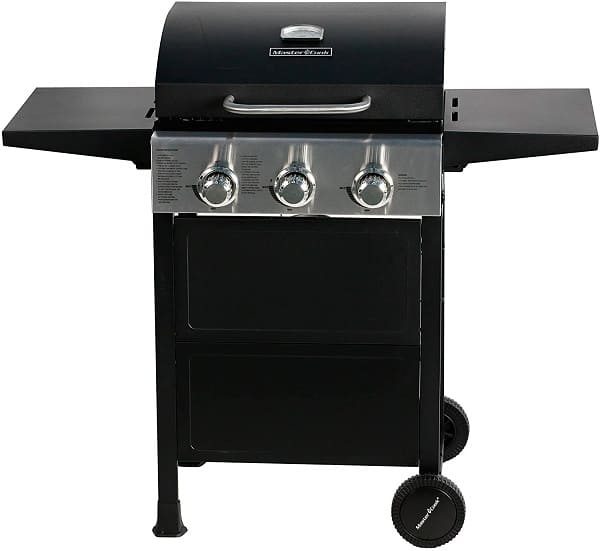
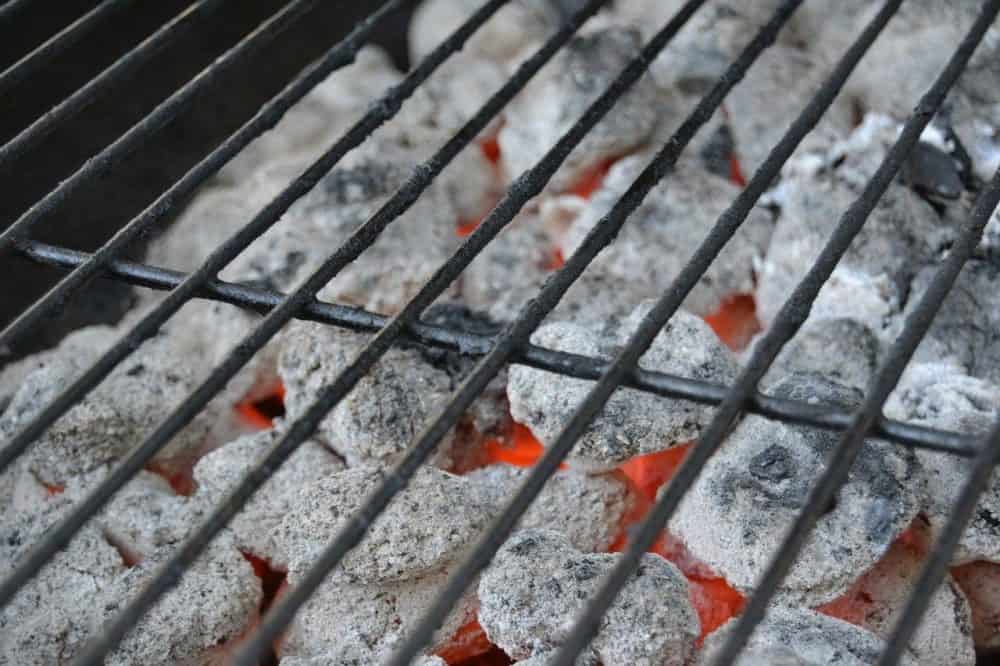
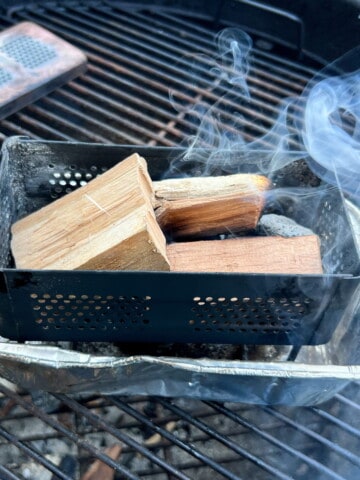
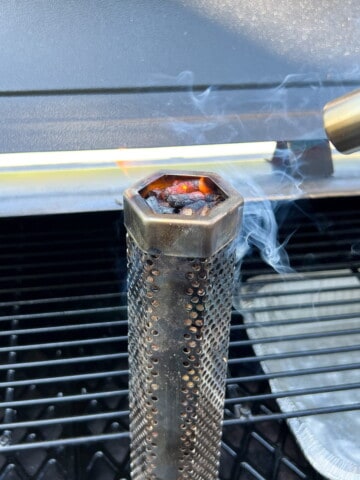
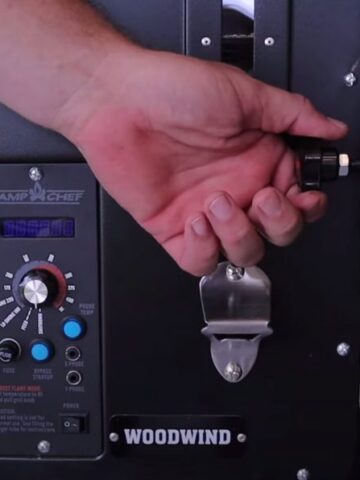
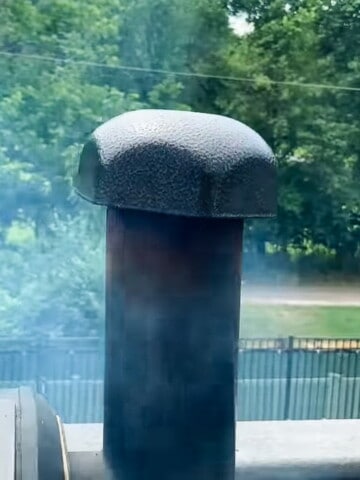
Anonymous says
Thank you for sharing!
Sally says
Really enjoying all of your pellet grill info. Im new to pellet grilling, got a new Twin Eagles pellet grill. Been using it every day for the past week, experimenting , journaling my ideas and results. Next time i do baby backs I’ll try your method. Thank you!
Mads Martigan says
Thanks Sally! Glad you are enjoying the info. I think you are going to love using your pellet grill. Let us know how they turn out!